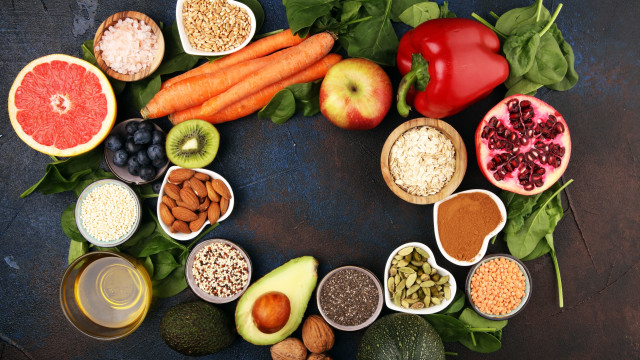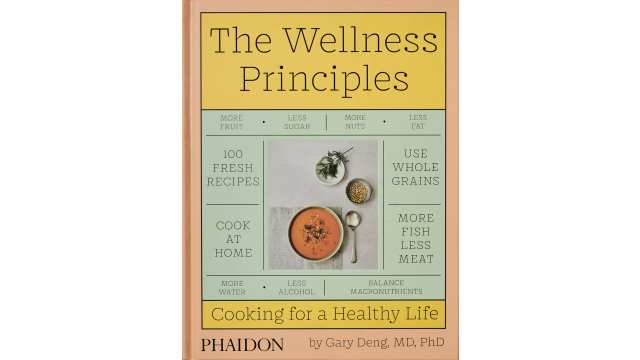Ayurvedic Program in India: My Meals

Eating well is integral to my life of Wholistic Wellbeing. I eat the rainbow and make sure the foods I eat are mostly plant-based, fresh, and locally sourced and are cooked in a manner so as to retain the nutrients. But Dr Purnima Siddhanta, under whose expertise I did an Ayurvedic and functional medicine program in India, examined my pulse and told me that despite eating healthy, my body was not absorbing nutrients optimally. She explained that if the liver doesn’t make enzymes properly, the digestion and absorption of nutrients is low, muscle mass is low, and there is inflammation in the body, all of which can be fixed to a large extent with the food you eat.
She wanted to reset my body by healing my gut flora. So, she put me on a sattvic or yogic diet, comprising fresh, nutrient-dense foods such as fruits, vegetables, whole grains, fresh fruit juices, legumes, nuts, seeds, and herbal teas suited to my doshas and body type. Everything I ate was gluten and lactose free and I was off processed sugar as having that would defeat the purpose of the diet.
Sattvic foods are always freshly cooked and high on fibre, protein, and micronutrients; meat, processed food, refined sugar, high doses of salt and fat is not allowed. Herbs and other plants, including oils and common spices, are used extensively in Ayurvedic treatment. Studies show that the concept good nutrition in modern science is like that mentioned in yogic texts.
Roundglass F&B lead, Chef Bernhard Koenig, who took care of my nutritional needs, ensured that all the ingredients were organic and sourced locally. The vegetables were blanched, and the cooking methods were healthy — sauteing, stir-frying, lightly steaming or grilling the food in a dash of olive oil — so the foods retained their nutritional value.
My day would start with 5gm arjuna powder taken with a spoonful of coconut oil and some warm water — to balance the Kapha dosha and aid digestion, said Dr Purnima. For breakfast, I was allowed eggs for protein or oatmeal with a fruit bowl, mostly melons. A smoothie made of spinach and beetroot mid-morning gave my body chlorophyll, help my body absorb iron, and increase the oxygen content in my blood.
A sample lunch would be stir-fired vegetables and chilas or pancakes made of oats, sprouts, and more vegetables. Dinner could be hearty vegetable soups, lentils cooked with vegetables like pumpkin, carrots, beans, zucchini, etc. Chef Kalam ensured the meals were extremely tasty — I loved a dish he made with sweet potatoes, spinach, and chickpeas and a moong dal (lentil) kebab served with coconut chutney. There were no raw vegetables on the menu to ensure Vata control. In the evening, I would snack on almonds, walnuts, and pistachios for energy and to lower cholesterol; this was followed by matcha tea for rejuvenation or a glass of orange juice if I was craving something cold.
The diet included some herbs to reset my body’s deep systems. During lunch, I was given a herb mix with bilwadi churna that helps metabolize food better, improves gut health, is an anti-inflammatory, and adds fiber. After dinner, I would have trivrilleham, a herbal paste that clears Apana-Vayu, which translates as “the air that moves away,” and its flow is downwards and out. Its energy helps organs in digestion, reproduction, and elimination of all substances from the body. According to Dr Purnima, it is one of the most potent anti-inflammatory herb compositions in Ayurveda and she felt it would work perfectly for my problem.
In conjunction, this mix of light Sattvic foods and herbal supplements worked to improve my gut health. Within a couple of days, I was feeling lighter and my digestion and sleep were improved.
Now I’m back in the US and Dr Purnima has modified the diet in sync with my lifestyle and ingredients that can be sourced locally and fresh here. While 100% adherence to the diet might not be possible 100% of the time, I intend to try my best to eat the way she prescribed.




